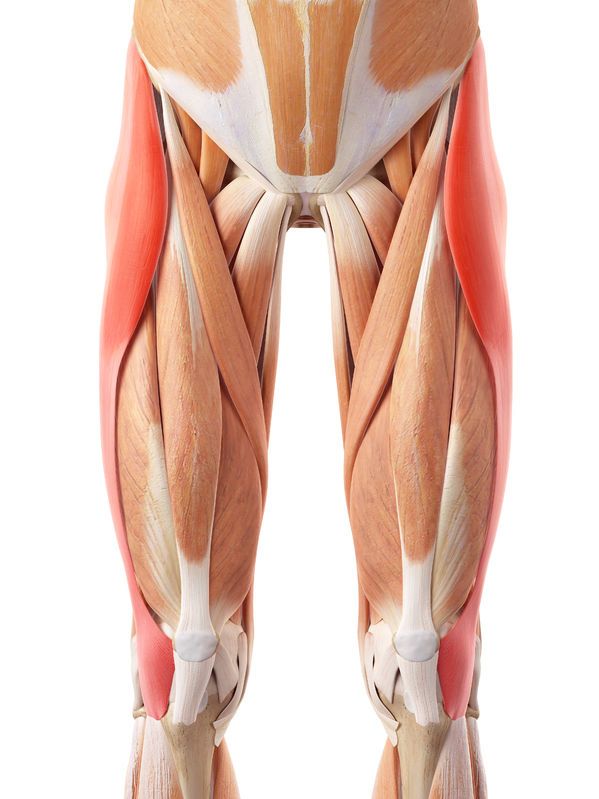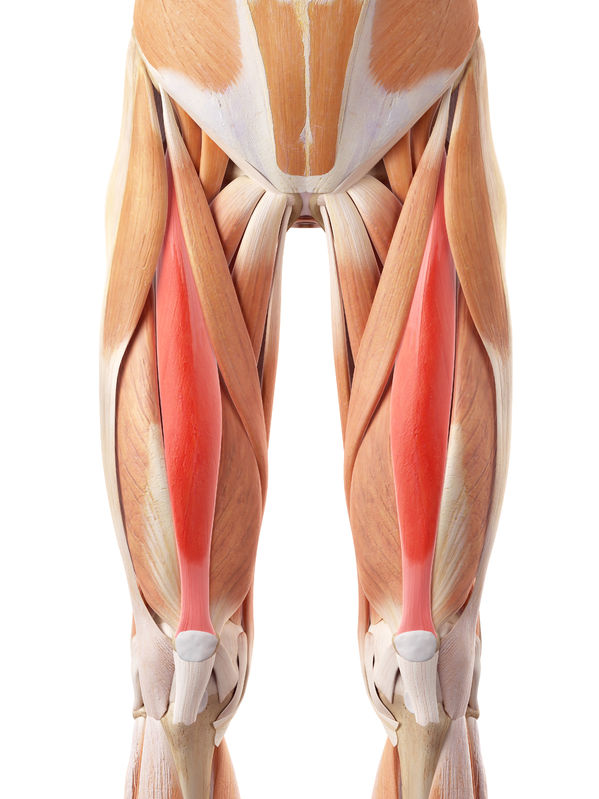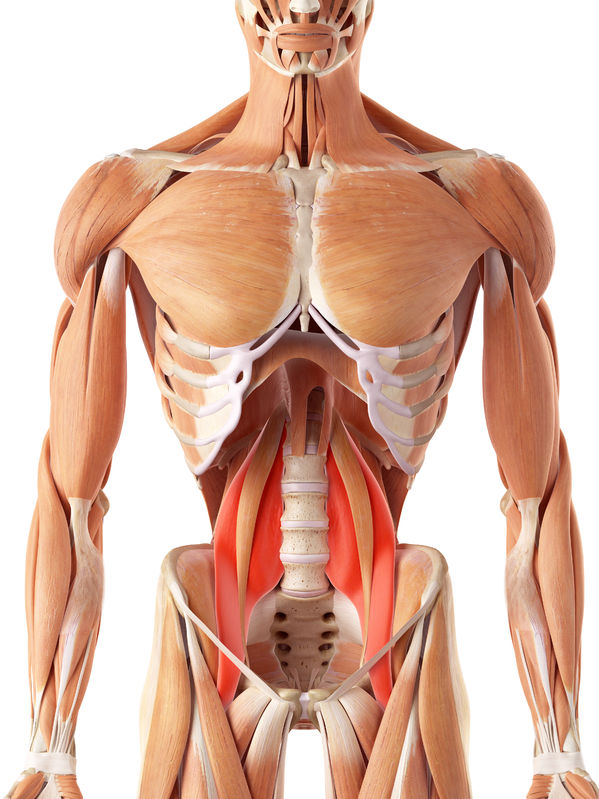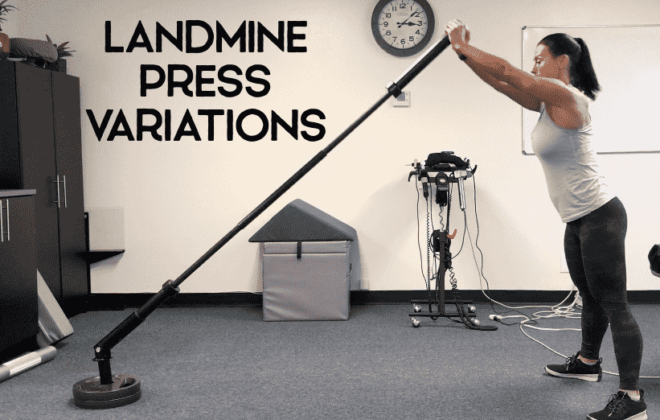How To Reduce Back Pain During Glute Bridges
Addressing glute muscle weakness is an essential goal of any postural balancing program, and the glute bridge exercise is a staple.
Generally the exercise is tolerated well, but its not uncommon for it to cause some discomfort in the lower back.
So, whats happening?
Bridging involves extension of the hips, and any limitation in your ability to do so will affect the exercise. If you aren't able to get the extension from your hips, its going to come from somewhere else. In this case it will be the lower back.
If you have sensitivity toward the end range of back extension, this is going to cause some discomfort.
There are a few solutions here:
- Increase your ability to extend your hips
- Modify the exercise to avoid the end range of back extension
Lets take a look at these and how to reduce back pain during glute bridges.
Reduce Back Pain During Glute Bridges - Increase Hip Extension
Direct massage techniques and stretching applied to your hip flexors is the fastest way to increase hip extension. The primary ones we are concerned with are:
- Psoas
- Rectus femoris
- Tensor fascia lata (TFL)
Its important to know that only the psoas and the TFL cross the hip. The rectus femoris crosses both the hip AND the knee.
Since the glute bridge is done with bent knees, the muscle that will create the greatest degree of restriction first is going to be the rectus femoris. Thus, we need to select a stretch that emphasizes this muscle. The kneeling hip flexor stretch is our favorite to use.
Quite often its the only stretch we need to do in order to gain enough hip extension to comfortably do glute bridges without back discomfort!
Both the psoas and the TFL are quite a bit more tricky to access via stretching, so direct massage release work is often much more effective.
Modifications To Avoid Excess Back Extension
There are a few easy modifications to make in the glute bridge to avoid excess lower back extension.
- Move your feet forward: This opens up the knee angle, which reduces the tension on the rectus femoris.
- Move your feet further apart: This allows the hips to extend more due to increasing abduction of the hip joint.
- Tilt your pelvis more (posterior pelvic tilt) to flatten your lower back prior to lifting your hips.
The glute bridge is a fantastic exercise for strengthening the back side of the body and building resilience of the lower back. With the tips listed above, you'll be able to perform them with minimal discomfort and reap the benefits! Following these steps will reduce back pain during glute bridges.
Tags In
Sam Visnic
Related Posts
Most Popular Posts
Categories
- Deep Gluteal Pain Syndrome (8)
- Deltoids (2)
- Foam Rolling (2)
- Glutes (9)
- Hamstrings (5)
- Hypnosis for Pain (3)
- Lats (2)
- Levator Scapulae (4)
- Lifestyle (8)
- Massage Therapy (39)
- Mobility (21)
- Movement and Exercise (19)
- Muscles (22)
- Nutrition (2)
- Obliques (1)
- Pain (25)
- Pectorals (3)
- Piriformis (3)
- Plantar Fasciitis (11)
- Psoas (11)
- Quadratus Lumborum (3)
- Quadriceps (2)
- Rhomboids (3)
- Sciatica (1)
- Serratus Anterior (1)
- SI Joint (14)
- Sternocleidomastoid (1)
- Stretching (18)
- Subscapularis (1)
- TMJ (2)
- Trapezius (1)
- Uncategorized (12)












